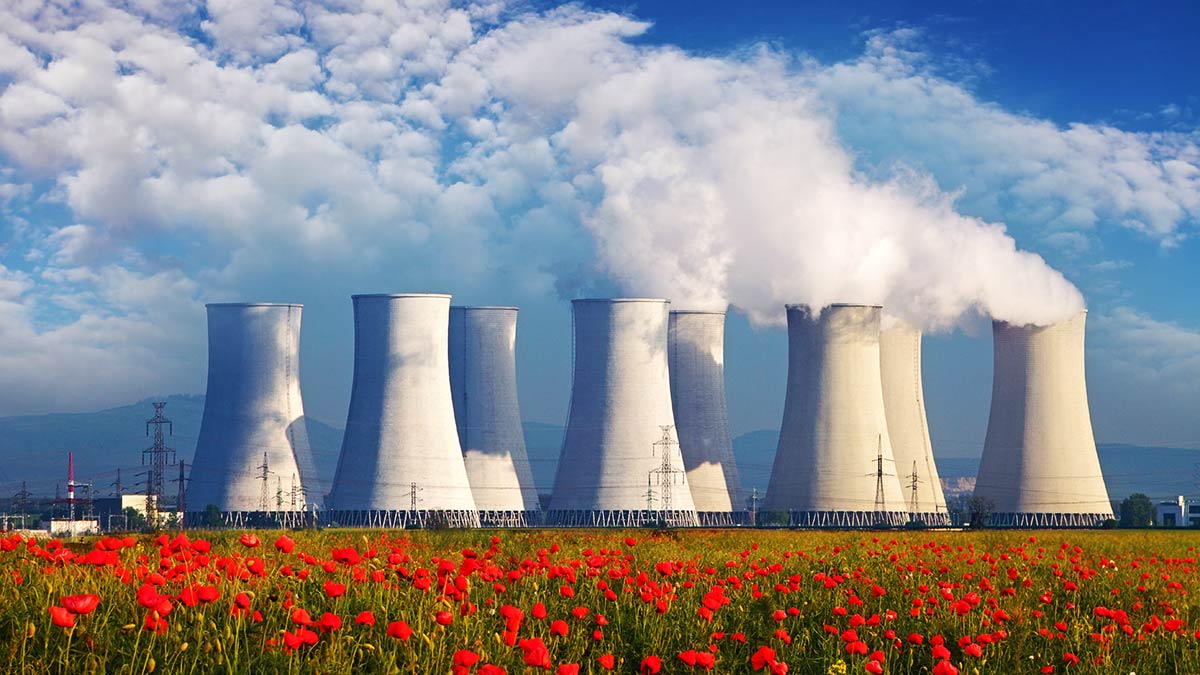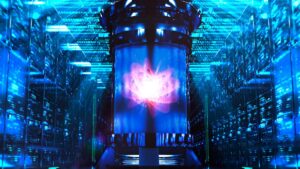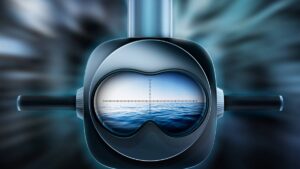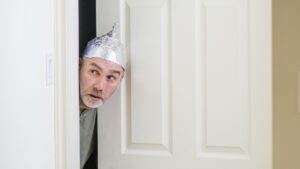Power Up: Will modular reactors pave the way for Australia to embrace nuclear energy?

Could small modular reactors (not pictured) provide nuclear energy for Australia. Pic: via Getty Images
State government speeches tend to go largely unnoticed but a comment about made by South Australian opposition leader David Speirs in his State Budget reply speech, on keeping an open mind about energy solutions in Australia, resonated.
Specifically, the South Australian Liberal Party leader said that nuclear energy provided by small modular reactors might be needed to meet our energy requirements.
His comments were welcomed by the South Australian Chamber of Mines & Energy (SACOME), with its chief executive officer Rebecca Knol saying they were timely as the state continues to grapple with escalating electricity prices and a huge energy transition challenge.
“Nuclear is a safe, reliable and affordable energy source, capable of generating baseload power with zero emissions,” she added.
“Coupling modern Small Modular Reactor (SMR) technology, with the state’s abundant uranium, natural gas and renewable energy sources, would facilitate rapid decarbonisation and ensure South Australians have access to dependable and affordable power.”
Companies such as Boss Energy (ASX:BOE), which is looking to reopen its Honeymoon Mine in SA, will undoubtedly welcome such a development as it will both increase acceptance for uranium and provide a ready customer for their products.
So can modular reactors actually get Australians to embrace nuclear energy after all these years of basically saying “not in my backyard”? And what are modular reactors anyway?
Nuclear energy generations
For all their mystique, nuclear power plants are essentially steam engines that differ from most other forms of traditional power generation like coal and gas only in the source of heat.
Rather than burning coal or gas, nuclear plants generate heat from nuclear fission, which is in turn used to heat water that turns turbines.
Where the concern that most people have about nuclear power is the risk of accidents, which could and have caused environmental disasters.
Three Mile Island, Chernobyl and Fukushima are all incidents that have imprinted themselves in our collective consciousness and are undoubtedly the reason why so many are reluctant (if not downright hostile) to the idea of having a nuclear plant situated near them.
Here is where the different generations of nuclear reactors comes into play.
Generation I consisted of the prototype reactors, none of which are in commercial use now while the Generation 2 reactors were built until the end of the 1990s (and count Chernobyl and Fukushima in their ranks).
But advancing technology has drastically improved the safety and reliability of nuclear power plants.
Third generation plants – the first of which began operation in 1996 – incorporate improved fuel technology, higher thermal efficiency, significantly improved safety systems and standardised designs that are intended to reduce maintenance and capital costs.
While comparatively few of these plants have been built, there have been no incidents involving them to date.
This brings us to the Generation IV reactors, which are designed to be even safer, more sustainable and efficient while costing less than previous generations.
No plants of this type are expected before 2040, though they – for the most part – form the basis of design for small modular reactors.
SMRs are typically expected to have electrical output of less than 300MW and require manufacturing at scale to help achieve economic viability.
More importantly, they are also expected to have a high level of safety by using passive safety features that operate without human intervention.
Do Australians think it is safe enough?
Proponents of SMRs – such as Speirs – obviously think that the improvements to safety and the ability to produce clean, baseload power will be enough to convince the nay sayers.
But are they right?
While there is definitely a segment of the Australian population that are able and willing to consider all the pros and cons – with SMRs presumably stacking the pros column, there’s an even larger segment which has an immediate knee-jerk reaction and presses the red ‘no way in heck’ button.
Australia after all has been extremely resistant to the idea of nuclear power, with just one research reactor operating in the entire country – the CSIRO’s Lucas Heights reactor that isn’t all that far from Sydney’s CBD.
Previous attempts to get nuclear energy going have all failed and it is hard to see that anti-nuclear attitude changing anytime soon, even if embracing SMRs could make achieving the country’s net zero goals a reality.
The lack of working SMRs certainly doesn’t help and it is likely that it will be some time indeed before we can even open this conversation, much less build reactors.
Related Topics
UNLOCK INSIGHTS
Discover the untold stories of emerging ASX stocks.
Daily news and expert analysis, it's free to subscribe.
By proceeding, you confirm you understand that we handle personal information in accordance with our Privacy Policy.








